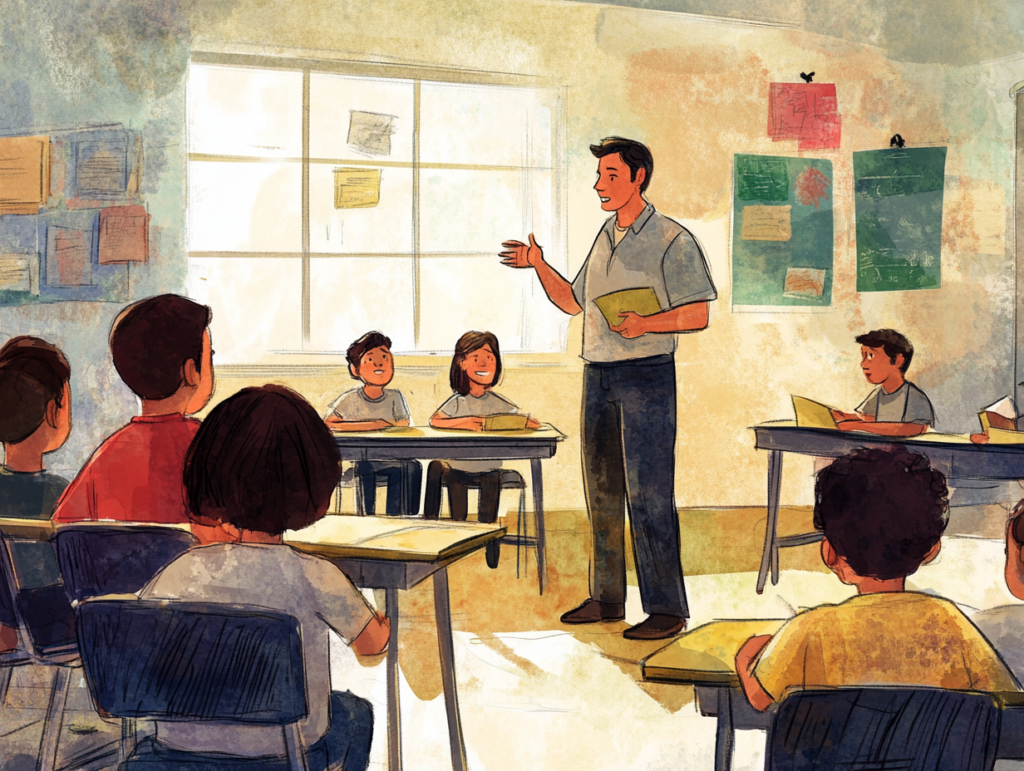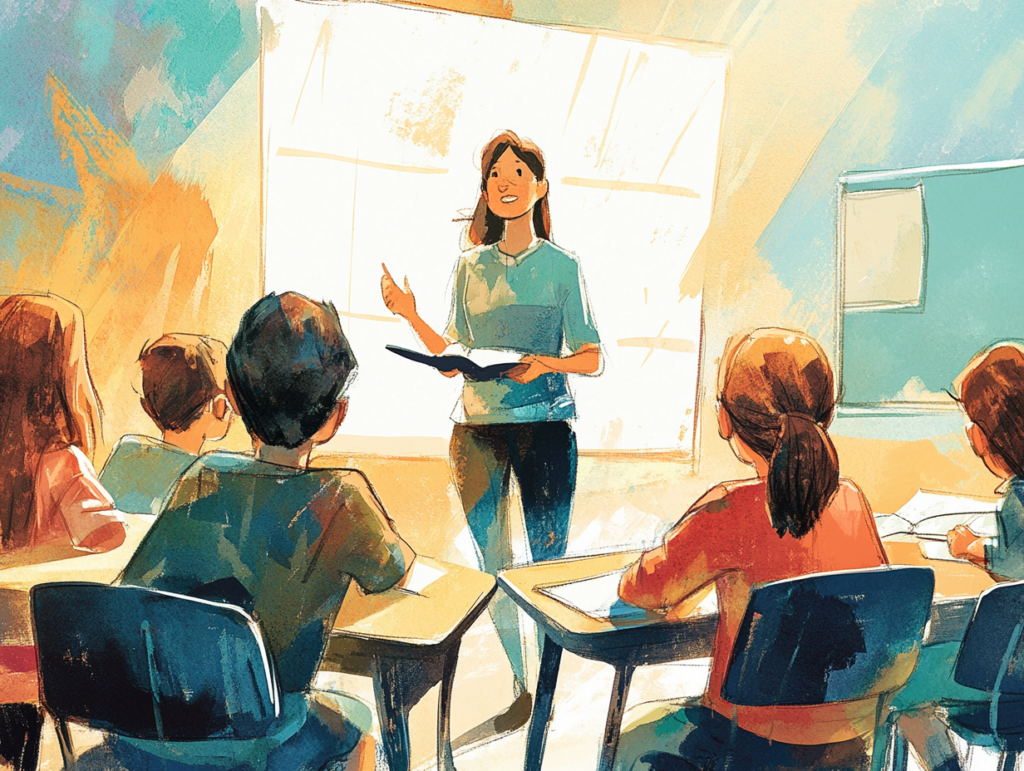Words Matter: Verbal De-escalation Techniques for Teachers

Speaking in a calm, steady manner helps to reassure students and sets the stage for constructive dialogue. Tone of voice can convey as much as the words themselves, signaling to students that the teacher is composed and approachable. Acknowledging emotions is another essential technique. Phrases like “I can see that you’re upset” or “It sounds like this is really important to you” validate the student’s feelings and show that their perspective matters. This creates a sense of trust and lays the groundwork for resolving conflicts constructively.

Redirecting a student’s focus can also help to de-escalate the situation. For example, saying, “Let’s take a moment to think about what we want to happen next,” shifts the focus from the conflict to the solution. This technique encourages students to reflect on their behavior and consider the consequences of their actions. Practical applications of these techniques are manifold. Teachers can use verbal de-escalation to mediate conflicts between students, address off-task behavior, and support students facing personal challenges. By fostering a culture of empathy and understanding, teachers can create a classroom environment where every student feels heard and respected.
Despite its benefits, verbal de-escalation can be challenging to implement consistently. Teachers are human and may find it difficult to remain calm in the face of disrespect or defiance. Practicing mindfulness and stress management techniques can help educators stay composed and respond effectively. Cultural sensitivity is another important consideration. Words and phrases that resonate positively in one cultural context may not in another. Teachers should strive to understand their students’ diverse backgrounds and adapt their language accordingly.

In a busy classroom, it can be tempting to rush through a conflict. However, taking the time to address issues thoughtfully often saves time in the long run by preventing recurring problems. When teachers consistently use verbal de-escalation techniques, the benefits extend far beyond the immediate situation. Students learn valuable communication and conflict resolution skills, contributing to a positive classroom culture. Moreover, teachers experience less stress and more satisfaction in their roles, knowing they have the tools to handle challenges effectively.
In education, words truly matter. By mastering verbal de-escalation techniques, teachers can create an environment where every student feels heard, respected, and empowered to succeed.
